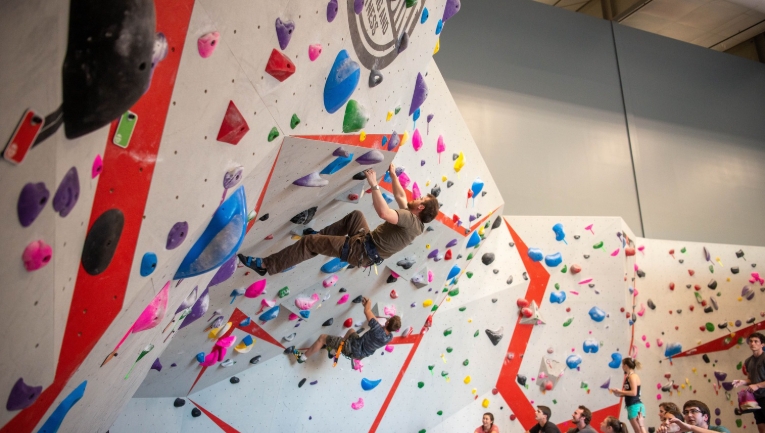Climbing Red Point: Mastering the Art of Sport Climbing
As climbing gains popularity among outdoor enthusiasts, understanding the nuances of different climbing styles becomes essential. One such style, the red point, represents a significant milestone for climbers, reflecting not just skill and technique but also mental strength and strategic planning. In this post, we’ll explore what a red point climb entails, how to prepare for one, and tips for successfully achieving that coveted ascent.
What Is a Red Point Climb?
A red point climb is a climbing technique where a climber ascends a route without falling after having previously practiced it. Unlike onsight ascents—where the climber has no prior knowledge of the route—red pointing involves working on the route beforehand, allowing the climber to memorize holds, plan movements, and gain confidence. Achieving a red point is a significant achievement in the climbing community, often seen as a testament to a climber’s dedication, technique, and problem-solving skills.
Preparing for a Red Point Attempt
Preparation is key to successfully red pointing a route. Start by breaking down the climb into manageable sections, focusing on challenging moves during practice sessions. Utilize methods like “working burns” to practice specific sequences while saving energy for the actual ascent. Climbing with a partner can offer invaluable feedback. Not only does this provide motivation, but your partner can also help identify potential weaknesses or areas for improvement. Additionally, visualizing the route can further bolster your confidence and performance, so take the time to mentally rehearse your movements before your final attempt.
Tips for Success on Red Point Climbs
When it comes time for your red point attempt, a few strategies can make a big difference. First, ensure you’re in the right mindset; stay relaxed and focused, as tension can lead to mistakes. A solid warm-up is also critical; it gets your muscles firing and sets the tone for the climb. During the ascent, remember to breathe steadily and remain mindful of your movements, avoiding unnecessary energy expenditures. Finally, take a moment to celebrate your effort regardless of the outcome—each red point attempt is a learning opportunity that contributes to your growth as a climber.
Conclusion
Achieving a red point climb is a fulfilling challenge that combines physical prowess with mental strategies. Embrace the process of preparation, practice, and perseverance, and you’ll find yourself not just climbing higher, but also deepening your appreciation for the sport. Whether you’re a seasoned climber or just starting, there’s always something new to learn. So, grab your gear, hit the crag, and take that next step toward mastering the red point!
